Musings by Shekhar Nambiar
(pics by the author)
Kochi could have been better dressed. It is not at its verdant best this time of the year, the rains having gone a good two months ago. The day can be anything between 28 and 32 degrees Celsius. And, yes, the feel factor is a good six degrees higher.
The evenings are pleasant and cool. And perfect for long walks around its various lakes and waterways. It’s still green and lush and not dry or brown. Even the harsh fumes spewed by the giant turrets of the obnoxious Cochin Refineries seem less toxic amid the vegetation all around

The beaches and the open sea offer a totally different experience. The strong breeze has an electric effect on the face, drying and parching it at once as they can salt coat the skin.
Also read: Winner takes it all
The landing on Fort Kochi’s promenade with its touristy Chinese fishing nets is welcoming, to the city’s heritage quarter. The fishing nets are what gave Kochi its name – kochuvala (small nets). The fishing nets were brought to these parts from China.
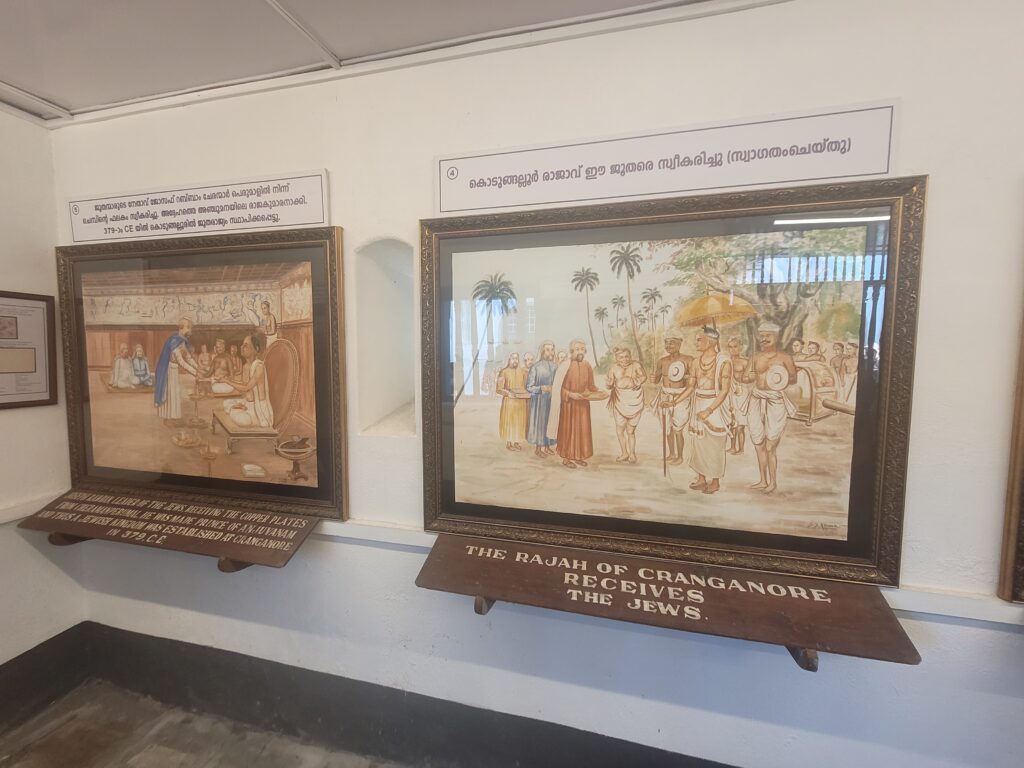
Old Muziris port
This is not where I want to begin the journey from though. I take the old and historic trade route, a good 60 km north of present-day Kochi. From medieval Muziris port that has all but ceased to exist, its traces discovered in archaeological findings.
Also read: Airports for tomorrow’s aviation
Historic evidences abound in the form of mosques, including the Cheruman mosque, and old Kodungallur. There is evidence of the syncretic culture. Churches coexist with temples. History is replete with records of the then Hindu ruler welcoming traders, and his open support to setting up of Islamic places of worship in and around Kodungallur. The old mosques have a distinct and old Kerala architectural style. Likewise, the Cochin maharaja’s largesse led to building the Paradesi Synagogue in 1568 by foreigners in Fort Kochi. The indebtedness to the Maharajah is inscribed and enshrined in the synagogue including in the form of paintings depicting the ruler welcoming the settlers.
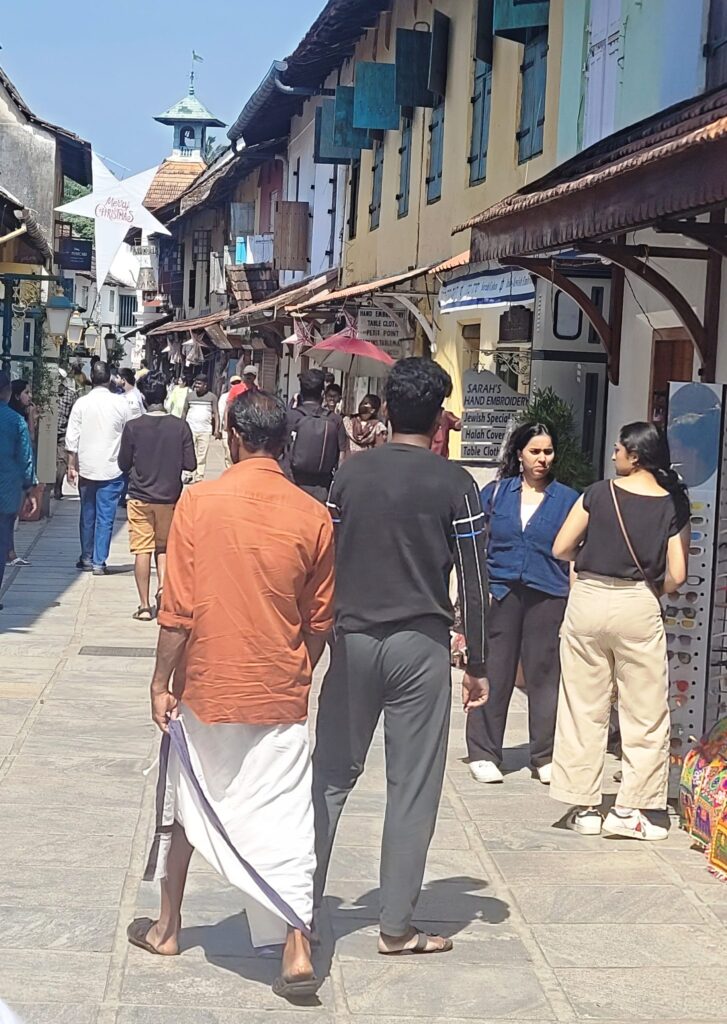
Historic temples
I imagine my drive through these parts – Kodungallur and Triprayar with its old Sri Rama temple and one of four such shrines in Kerala – almost as if I had delved into the past through the time capsule.
Also read: Football to White Christmas!
The Kodungallur Bhagawathy temple is a little off the Thrissur-Ernakulam state highway and located south of the more famous Guruvayur Sree Krishna shrine. Guruvayur, with Ambalapuzha in Alapuzha district and Udupi in Dakshina Kannada to the north, are among the three famous Krishna temples in southwest India. The Sree Krishna temple at Trichambaram in Kannur district cannot also be discounted. Its annual utsavamis stuff that legends are made of with thousands, irrespective of caste, creed or religion, attending the festivities.
I begin my journey from Guruvayur temple and head toward Fort Kochi and Mattancherri at the mouth of the natural harbour that is Kochi believed to have been formed by the flooding of the Periyar river in 1341 AD that also destroyed Muziris.
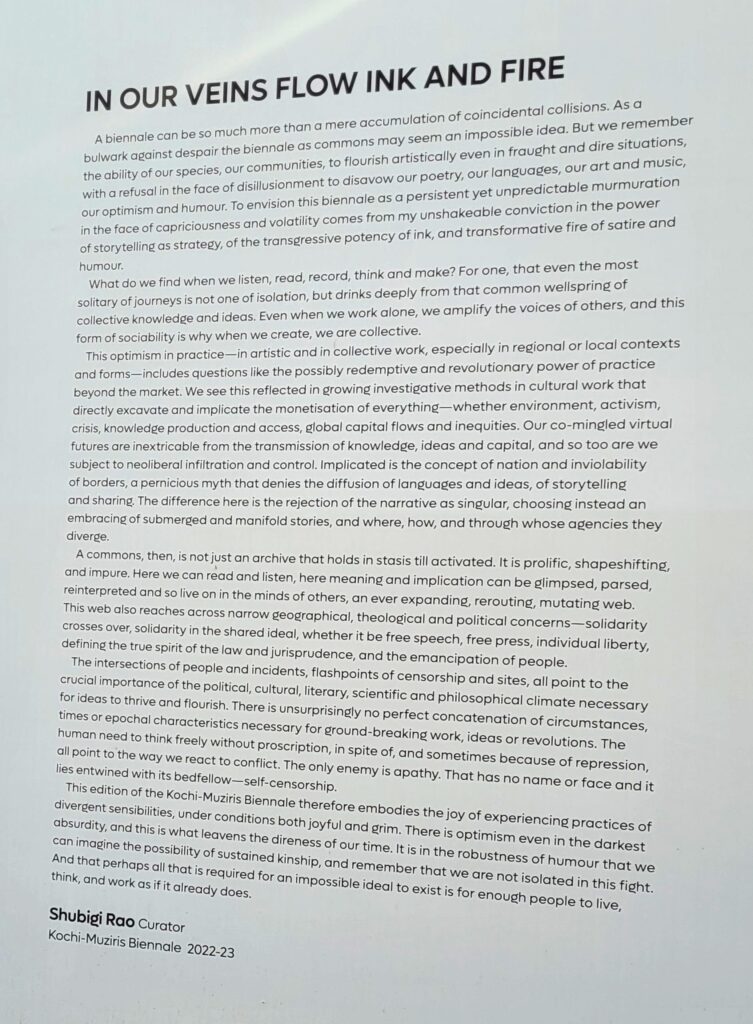
Ink and Fire
I enter Kochi to the welcoming note ‘In Our Veins Flow Ink and Fire’of the Kochi-Muziris Biennale, its location and exhibition halls couldn’t have been better.
The biennial’s founder Bose Krishnamachari, seen busy talking to visitors in the office of the main venue, Aspin Wall House, is a man of vision. His foresight is what has led to a permanent Biennale next to the waterfront in old trading houses and company warehouses. It’s a surreal experience. Almost a meeting point of the old and new. Kochi is truly a melting pot of cultures, history, tradition and religious influences.
Also read: Tales from two cities
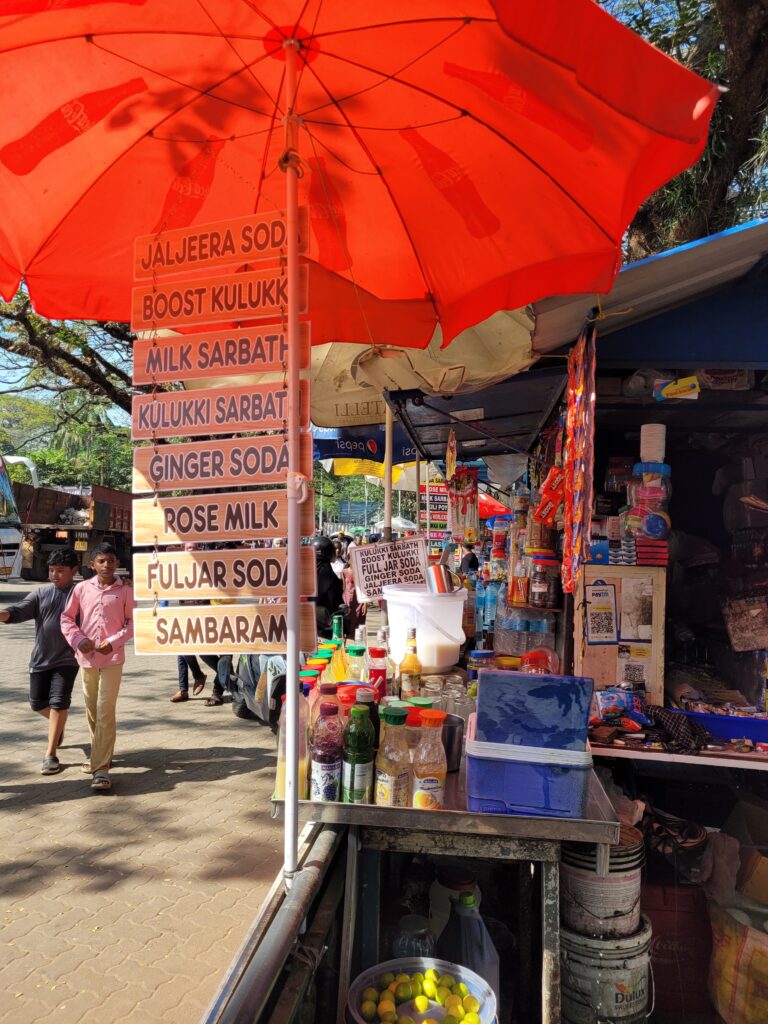
The Kochi Biennale Foundation is also engaged in the conservation of heritage properties and monuments and to lift traditional forms of art and culture. The Foundation was founded in 2010 by Krishnamachari and RiyasKomu.
The gentle rolling waves and the boats, ferries and ocean liners do not make an iota of difference to the ambience. If anything, it enhances the ongoing festival’s appeal.
Time stands still here. The exhibits and installations by some 90 artists from all over the world reflect their sensibilities of nature and the harm to it by the human footprint, of dispossessed people, including the rights of the aboriginal people deprived and displaced from their original land, and so on.
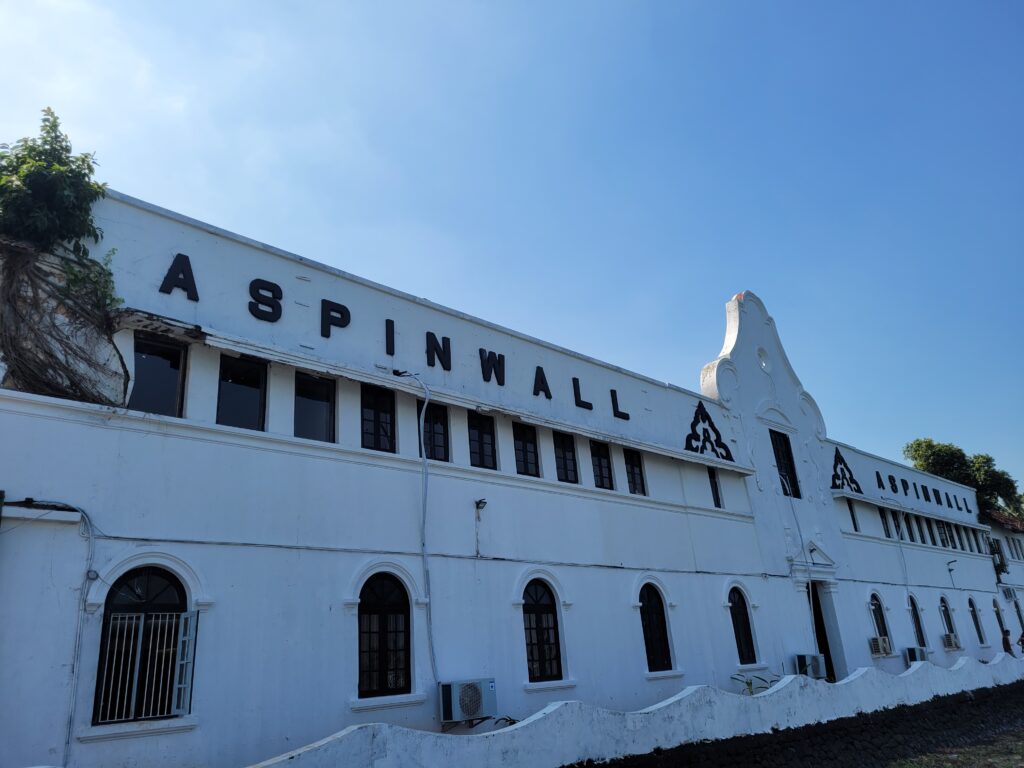
Aspin Wall House is a large sea-facing heritage property. The property was originally the businesspremises of Aspinwall & Company Ltd established in 1867 by English trader John Aspinwall. The companytraded in coconut oil, pepper, timber, lemon grass oil, ginger,turmeric, spices, hides and later in coir, coffee, tea and rubber. Thecompound has office buildings, a residential bungalow and warehouses.
Also read: School then and now
First rain
Vietnamese artist Thao Nguyen-Phan’s video First Rain, Brise Soleil is a poetic and elegiac depiction of the great Mekong River and the dependence of communities on it for centuries. The river traverses nearly 5,000 km from the Tibetan Plateau to drain out into the South China Sea. In a telling commentary on the modern times that we live in, the river has been heavily mined for sand to support and sustain the concrete jungles of cities and town. Riverbanks have been destroyed and the excessive use of the river resources has led to droughts and flooding. The story is indeed all too familiar but is so well articulated and brought out in the artist’s video. She also describes how concrete has contributed to Southeast Asia’s modern poetry and introduced a new narrative, as it were.
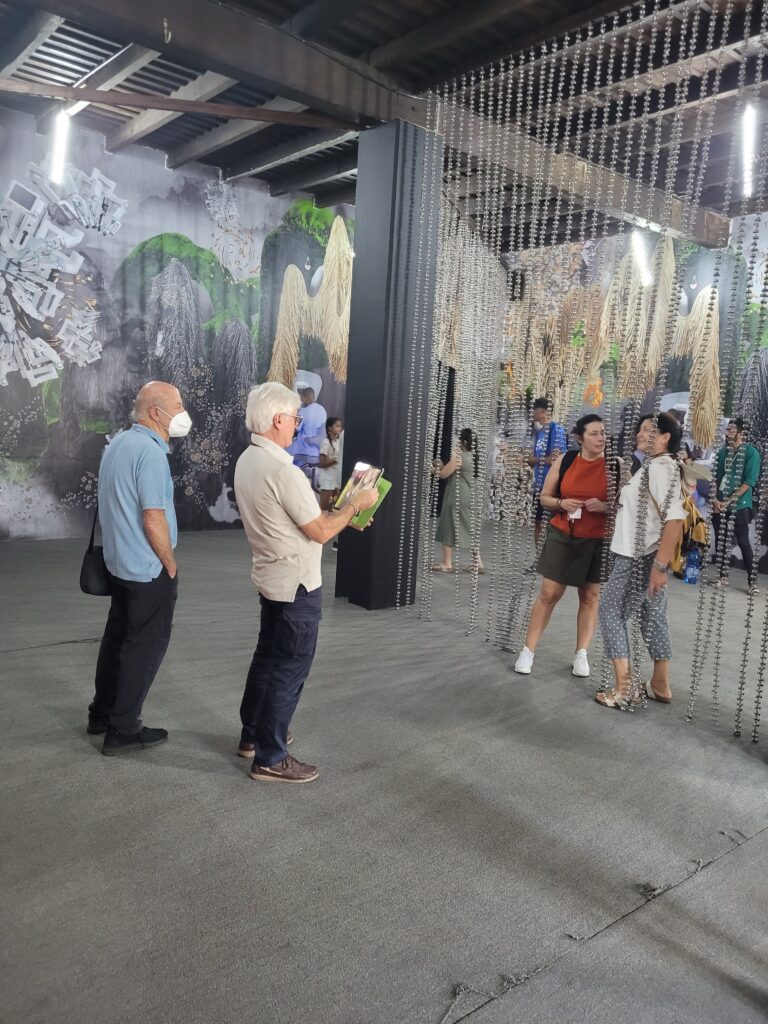
Almanac of a Lost Year
This is about the lost time due to the pandemic. Artist Vasudevan Akkitham’s reflects on the time he couldn’t venture out due to the lockdown. Almanac of a Lost Year 2020-21 consists of 365 small water colours, each water colour marking a day akin to a diary of sorts. Painting became a means to reflect on the world outside that he suddenly found he had no access to. A teacher, his work is derived from the narrative-figurative tradition of MS University, Baroda where he trained and later taught.
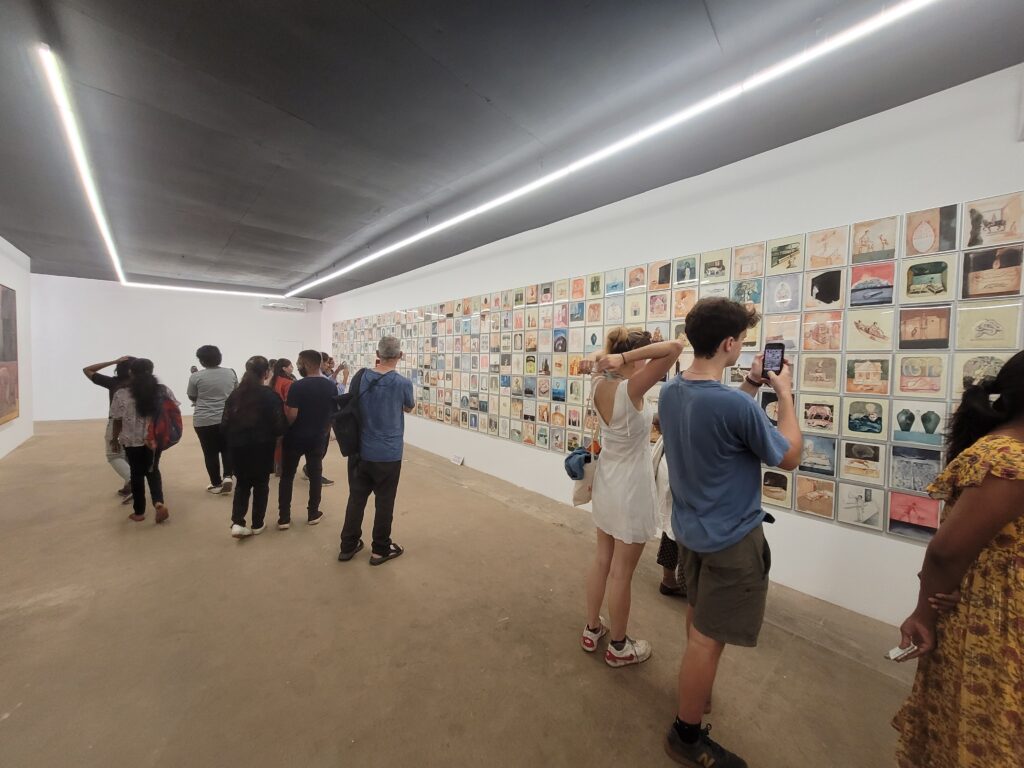
Non-Aligned
Of Javanese and New Caledonian ancestry, Nathalie Muchamad, who shuttles between Paris and Mayotte, shows an interest in populations to grow and extract coffee, cotton, cloves, sugar and other spices. She embeds native Javanese batik tulis textile with archival material and words to annotate this history. At the biennial, she “connects archival material” on “labour circulation” and the spices trade between Amban Island in Indonesia, Kochi in India and Mauritius, Reunion and Mayotte islands in the Indian Ocean.
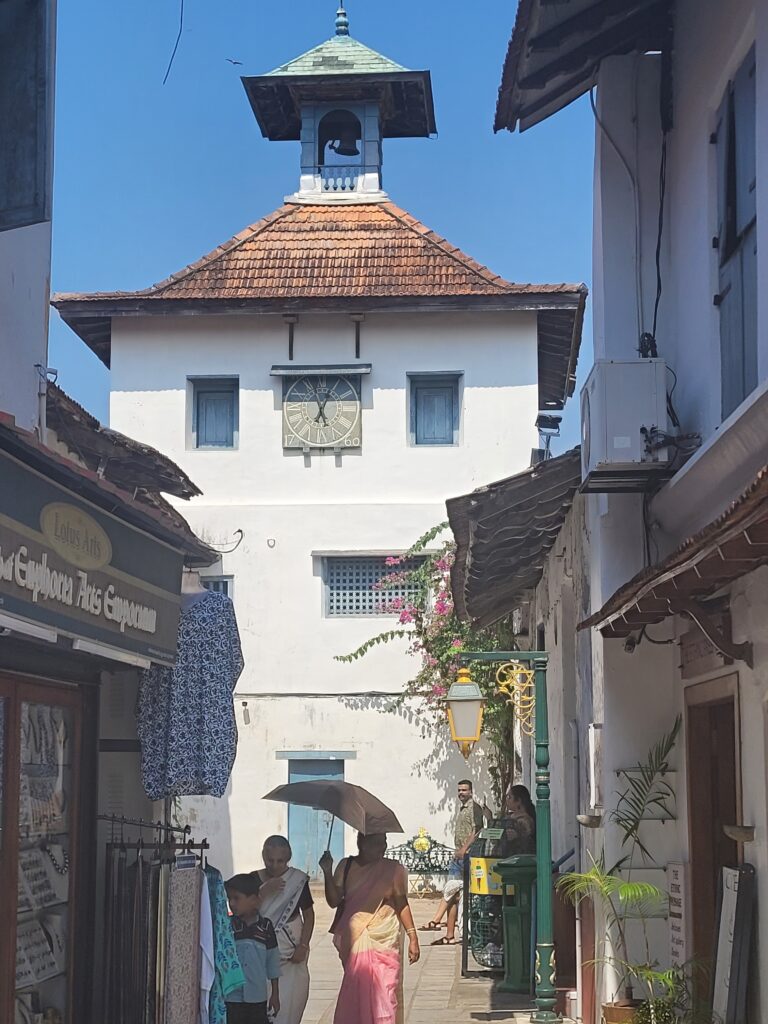
Catch the Biennale
Catch you must the ongoing festival. It will go into the New Year, until April 2023.
The Biennale is expected to attract some 10,00,000.
Open from 10 am to 6.30 pm, it is housed in 14 venues including at Aspen Wall House, Pepper House, Anand Warehouse and the Durbar Hall in Ernakulam.
Also read: The romance of train journeys
Melting pot
Mattancherri, the other half of the mainland, is truly a melting pot of communities and cultures. A vibrant Gujarati community of traders has been living here for 300 years. They are equally conversant with Malayalam as their native Gujarati tongue.
There is a strong flourishing community of Jains as are Gowd Saraswat Konkani immigrants who came here from Goa to escape conversions by the Portuguese. Among the 20-odd communities here are also Tamil and Maharashtrian Brahmins.
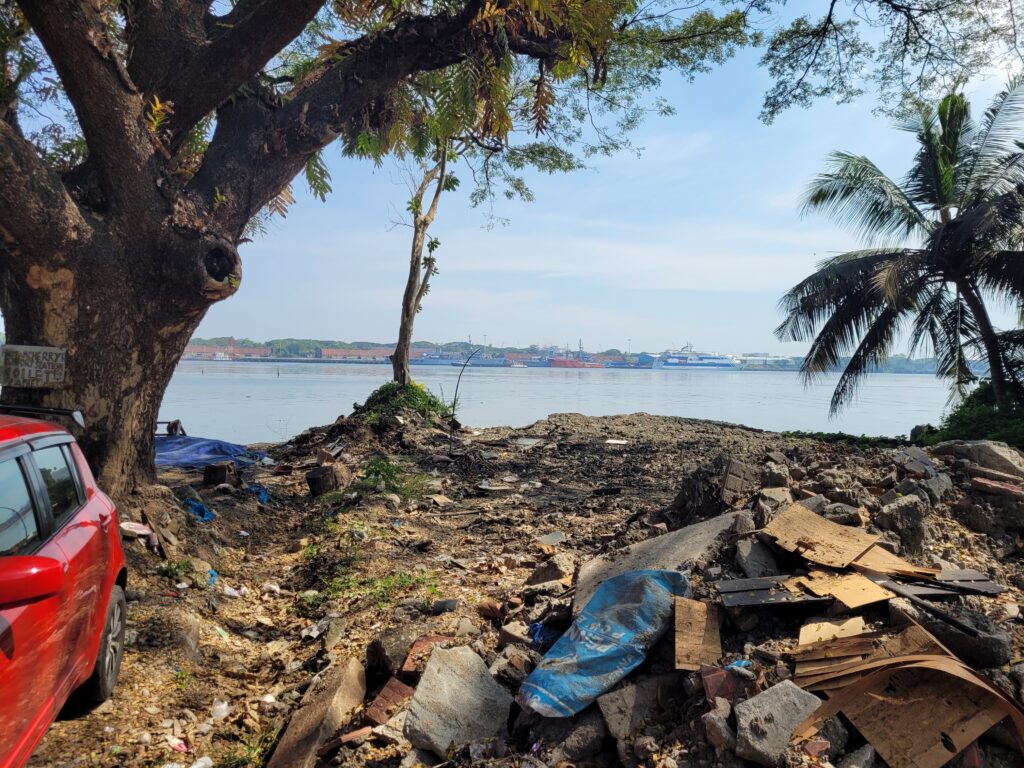
Water Metro
With a proposed fleet of 78 catamaran hybrid boats, 30 with 40 passengers and 48 with 100 seat capacity at a total cost of Rs 820 crores (USD 100 million), the Kochi Water Metro project, when fully commissioned, will be a game changer in urban transportation linking 10 outlying islands. It will be 74 km in total length and serviced by 38 modern and state-of-art port terminals that can rival any airport. The Water Metro will have both airconditioned and non airconditioned boats.
Perhaps there are only a few parallels to this metro system in the world that now awaits a formal opening.
True to its name and tradition, Kochi is an amalgam of the modern and traditional, of the ancient and the present. It is what is going to take this boom town move on to even greater heights.
Also read: A Tale of a Song & Smoke
.




